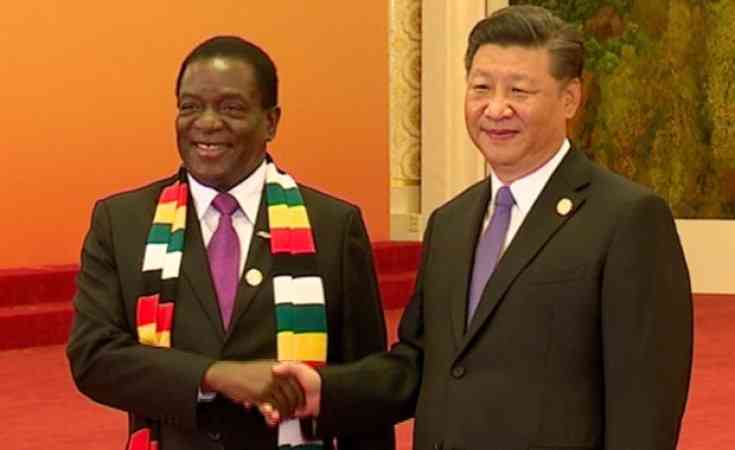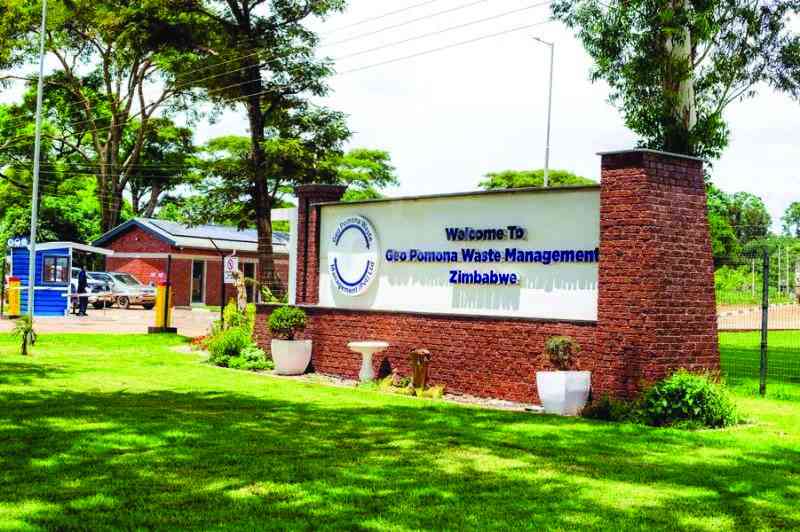
IN the context of the developing world’s deepening financial woes, Ethiopia is poised to join a growing list of countries, including Zambia, Sri Lanka and Ghana, facing default on foreign debts, reigniting concerns about the sustainability of financial engagements.
Ethiopia’s imminent default on its US$1 billion international bond payment, with expectations of missing a coupon payment that was due on December 18, 2023, adds urgency to the discourse surrounding potential debt traps.
The rejection of proposals to extend the repayment period and lower interest rates further amplifies the global narrative on the consequences of mounting debt.
This situation underscores the contrast between Western scepticism and the positive impacts on development celebrated by countries directly involved in China’s Belt and Road Initiative (BRI).
Chinese diplomat Wang Wenbin’s firm rejection of the “debt trap” narrative further emphasises this ongoing discourse, highlighting the stark divergence in perspectives between Western concerns and the experiences of nations engaged in the BRI.
The complexities of Ethiopia’s financial struggles contribute to the broader global concerns surrounding debt crises, impacting not only Ethiopia, but also echoing challenges faced by other nations, such as Egypt and Kenya, in refinancing substantial debts amid persistent high global interest rates.
Critiques from prominent outlets like the Washington Post and the New York Times highlight Beijing’s risky loans, drawing attention to instances like Sri Lanka’s debt crisis triggered by the Hambantota port project.
However, a different story unfolds in local coverage of China’s investments in Zimbabwe, where recipient country media predominantly laud Chinese involvement and emphasise potential gains.
- Mavhunga puts DeMbare into Chibuku quarterfinals
- The brains behind Matavire’s immortalisation
- Bulls to charge into Zimbabwe gold stocks
- Ndiraya concerned as goals dry up
Keep Reading
This stark dichotomy raises profound concerns about journalistic autonomy, particularly in nations where State-owned or overseen media deliberately crafts a favourable image, diverging from public sentiment and obstructing honest discourse.
As policymakers and journalists navigate these intricacies, they must listen directly to the people, transcending the media’s influence under potentially corrupt governments.
Conflicting accounts
Zimbabwe and China’s close ties began in the 1960s after China helped the country by supplying weapons to fight white minority rule. These ties deepened in 2003 when China provided substantial aid and investment amid strained relations between Zimbabwe and the West.
China has continued its involvement in Zimbabwe through foreign aid, specifically by constructing large projects such as the National Defence College in Harare.
The West has reacted to this rise in Chinese influence with extreme scepticism, applying the “debt trap” narrative to Chinese investment in the country. Specifically, news agencies have expressed alarm due to China’s deep involvement in boosting the productivity of Zimbabwe’s tobacco sector through subsidies and loans for seeds and fertiliser.
Outlets like AP News, a US-based news agency, report that farmers face a debt trap when prices drop, and loan repayments are not adjusted, leaving them no better off than before Chinese involvement in the sector.
Unsurprisingly, Chinese media portrays its investments in Zimbabwe exceptionally well, specifically in its tobacco sector. The Chinese news agency Huaxia published an article titled Chinese funding sows hope among Zimbabwe’s tobacco farmers, which acclaims Zimbabwe’s increase in tobacco prices and production on the global market; a Global Times article also dismisses the West’s “debt trap rhetoric” and highlights Zimbabwe’s foreign minister’s remarks on how China, unlike the West, treats the African country on an equal footing.
Local media in Zimbabwe tells a similar story. Zimbabwean outlets share China’s positive sentiments on its investment and do not express Western concerns. For example, the local newspaper, NewsDay, praises outcomes of improved technical expertise and increased employment opportunities for Zimbabweans and quotes Justice minister Ziyambi Ziyambi, saying: “Zimbabwe will continue to work closely with China in pursuit of a new global order that respects sovereignty, diversity, and genuine multilateralism.”
Another local news article by New Zimbabwe takes a similarly positive stance on the BRI and commends how it creates “tangible results and sustainable progress”.
Listen directly to impacted populations
Based on local media’s perceptions of Chinese foreign aid, Western nations seem to have little basis to talk about a debt trap in Zimbabwe.
However, despite Chinese investment receiving positive coverage in Zimbabwean media, a recent survey revealed that only 37% of urban, educated Zimbabweans feel positive about China’s impact on their country, highlighting a notable discrepancy between individual perceptions and media portrayals of Chinese investment.
Only 37% of urban, educated Zimbabweans feel positive about China’s impact on their country, highlighting a notable discrepancy between individual perceptions and media portrayals of Chinese investment.
Media freedom in a recipient country must play an integral role in determining whether the population’s perceptions are reflected in this discourse. In Zimbabwe, for instance, its freedom ranking, according to Freedom House, is only 28/100, or “not free,” and its internet freedom level is only “partly free.” Within this constrained environment, self-censorship among journalists is common. This means that news agencies in Zimbabwe and other recipient countries with low press freedom report positively on China to appease their government.
So, despite positive Zimbabwean responses to China’s foreign investment expressed in local press, Western nations should exercise caution as local media often mirrors government sentiments, particularly in Zimbabwe national media outlets outlets like Newsday and The New Zimbabwe.
Diving deeper to conduct face-to-face interviews and surveys is the only way to understand China’s complex interactions. This is particularly crucial in environments where media face heightened scrutiny. Comprehensive assessments require a nuanced understanding, acknowledging the complexities of China’s foreign investment and the intricate connectivity between media, public sentiment, and political influence in recipient nations. Only by listening to the populations themselves will we be able to understand the reality of China’s growing influence.







